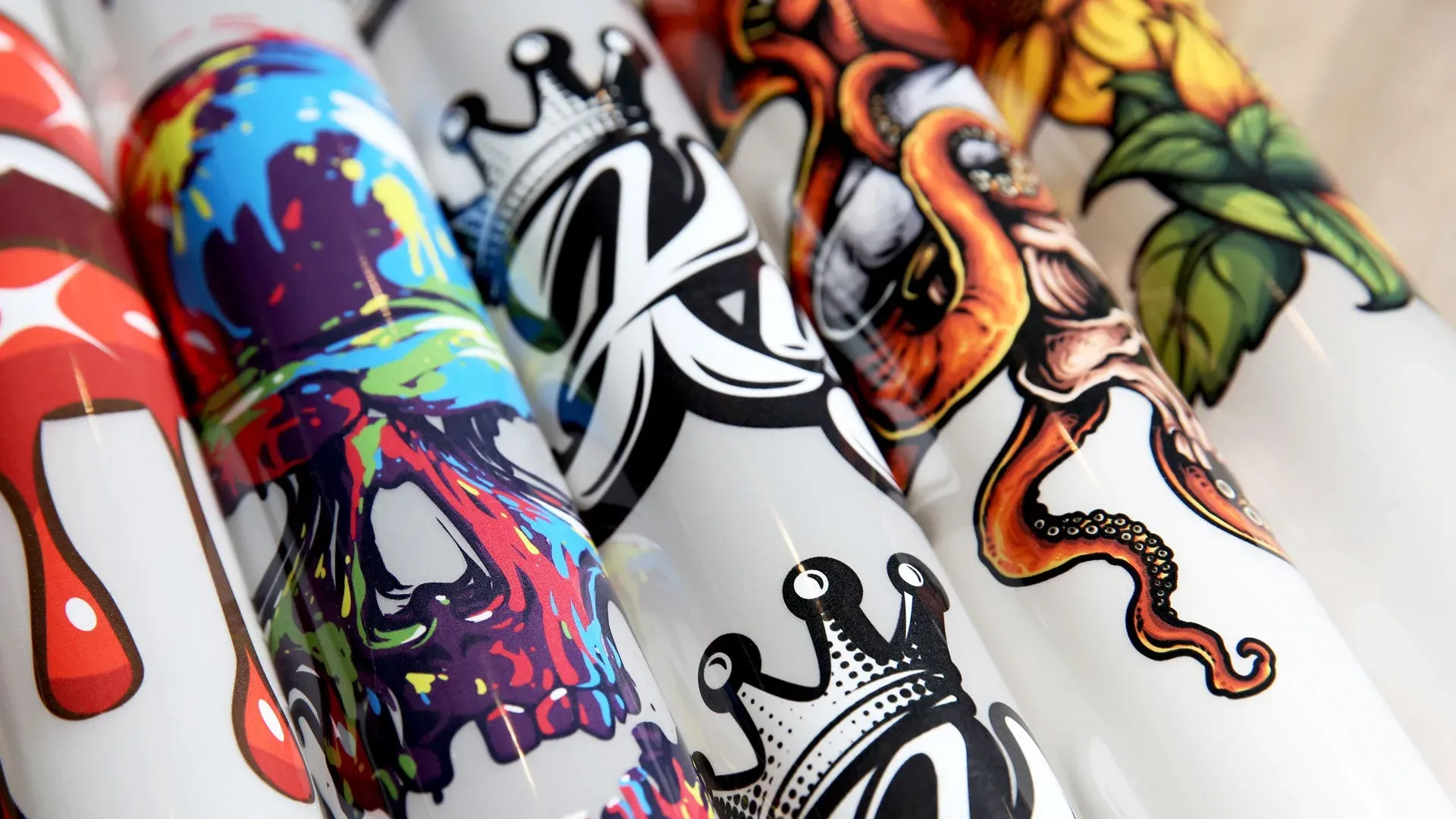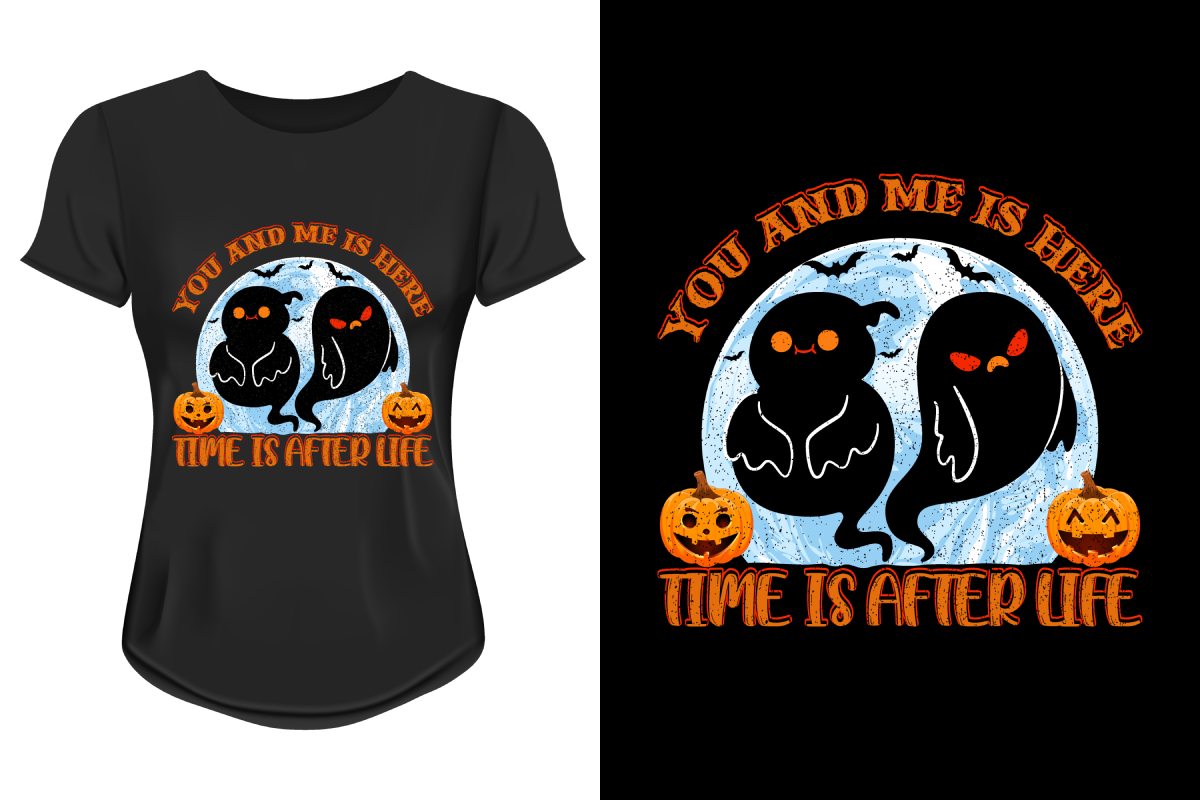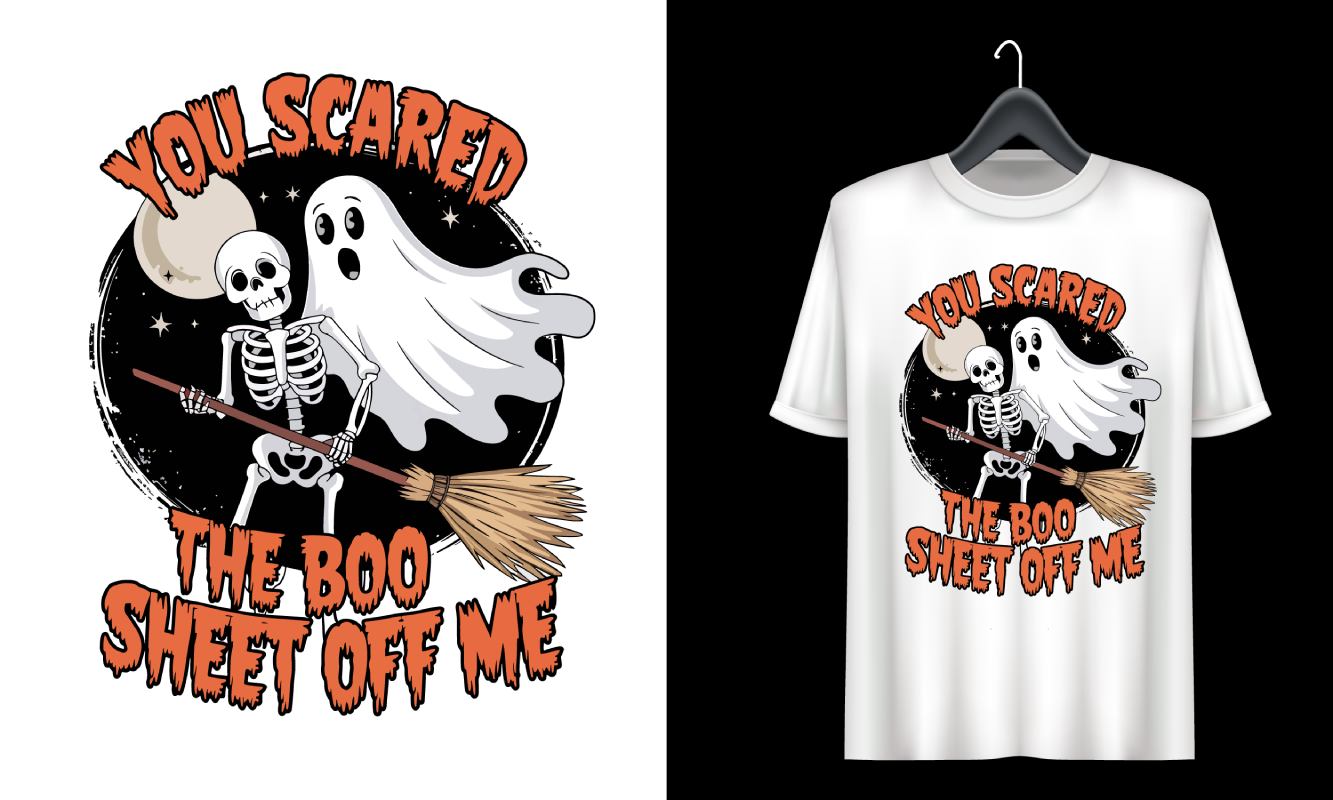DTF Transfers, or direct-to-film printing, has revolutionized the textile industry, enabling the creation of vibrant, high-quality prints on a diverse range of materials, from clothing to accessories. This cutting-edge printing method employs advanced DTF printing techniques that make it possible to achieve striking colors with minimal effort. To produce captivating results, understanding the nuances of heat transfer printing and the correct application of adhesive powder for DTF is essential. In this article, we will dive into 10 essential tips designed to help you master DTF transfers, enhancing both your workflow and the quality of your prints. Whether you’re just starting out or aiming to elevate your existing skills, these insights will provide valuable guidance for optimal DTF printing outcomes.
Also known as direct-to-film printing, the techniques for DTF printing are gaining traction among creatives and businesses alike. This innovative printing method allows for remarkable designs to be transferred onto various substrates, ensuring high durability and vibrant colors. Mastering the art of heat transfer printing not only involves selecting the right equipment but also utilizing the appropriate adhesive powder for DTF to secure the best results. In this guide, we will explore a range of strategies and tips to enhance your transfers, making your prints stand out. From practical techniques to equipment maintenance, our insights are aimed at helping you achieve exceptional quality with your DTF endeavors.
Understanding DTF Transfers: A Comprehensive Overview
Direct-to-Film (DTF) transfers are revolutionizing the garment and merchandise printing industry by offering unmatched quality and versatility. Unlike traditional methods, DTF printing employs specialized inkjet printers and a unique film material to create stunning designs that adhere seamlessly to various fabric types. The DTF process involves printing a design on a PET film, which is then covered with a specially formulated adhesive powder. This powder is crucial as it melts during the heat transfer process, ensuring that the inks bond to the fabric securely, resulting in long-lasting prints.
This innovative approach has gained popularity because it eliminates many of the bottlenecks found in other printing methods like screen printing. For instance, DTF transfers can accommodate multiple colors and intricate designs without the need for multiple screens or complex setups. It is particularly beneficial for small runs of customized apparel, allowing businesses to offer personalized products quickly. In essence, understanding DTF transfers provides a stepping stone for both new and experienced users to expand their printing capabilities and meet the high demands of modern consumers.
Selecting Quality Materials for DTF Printing
The foundation of outstanding DTF transfers starts with the careful selection of quality materials. High-grade DTF films and inks are essential for achieving vibrant color output and crisp images. When selecting films, look for options that are compatible with your printer’s specifications, as this compatibility directly impacts the printing process and final product. Brands like Avery and Mimaki are known for producing reliable films that yield impressive results, making them popular among professionals in the DTF printing space.
Equally important is the choice of inks. Inks that are specifically designed for DTF printing often feature bright pigments that remain consistent even through multiple washes. Additionally, ensuring that your adhesive powder aligns with your ink type is crucial for achieving optimal adhesion during the transfer process. By investing in quality materials, you not only enhance the aesthetic appeal of your prints but also their longevity and durability, locking in customer satisfaction with every transfer.
Optimizing Your Printer Settings for DTF
Correct printer settings play a pivotal role in the quality of your DTF transfers, directly influencing the resolution, color accuracy, and overall appearance of the final print. Before starting, familiarize yourself with your printer’s capabilities and recommended settings for DTF printing. Adjusting parameters such as print resolution and color profiles is vital to ensuring that intricate designs maintain their integrity during the transfer process.
Moreover, calibrating your printer to use the ideal ink density will prevent issues like color bleeding or excessive ink build-up on the film. For best results, experiment with various settings to find what works best for your specific materials and designs. Taking the time to optimize your printer settings will provide a more consistent quality across multiple prints, establishing reliability in your DTF printing output.
The Importance of Proper Adhesive Powder Application
The application of adhesive powder is a crucial step in the DTF printing process that ensures successful transfers. Applying the adhesive evenly across the printed film is essential; uneven application can lead to issues such as clumping, poor adhesion, and ultimately, compromised print quality. The type of adhesive powder used should also be matched to the specific inks employed, as this compatibility enhances bonding and durability.
To achieve the best results, utilize a shaker or a coating machine specifically designed for applying adhesive powder. This method allows for a more uniform application, minimizing dust and clumps that can detract from the transfer’s overall appearance. Proper technique in applying adhesive powder not only ensures that the transfer process goes smoothly but also plays a significant role in the longevity and washability of the final print.
Mastering Heat Transfer Techniques for Best Results
Heat transfer techniques are fundamental to the DTF printing process, significantly impacting the quality and durability of your prints. It is crucial to use a heat press that allows you to control both temperature and pressure accurately. For most DTF transfers, the recommended heat setting is around 320°F for 15 to 20 seconds, applying medium pressure. However, individual fabrics and adhesive types may necessitate slight adjustments, so always conduct tests to find the ideal settings specific to your projects.
Moreover, the pre-heating of the transfer area can enhance the adhesion quality significantly. A brief pre-heat of the fabric prepares it for the transfer, ensuring an even bond and preventing issues such as lifting or peeling. Mastering these heat transfer techniques transforms the printing process, ensuring that every DTF transfer retains its vibrant colors and crisp detail even after multiple washes.
Staying Ahead with the Latest DTF Printing Trends
The DTF printing landscape is rapidly evolving, with new techniques and technologies emerging regularly. Staying updated on the latest trends can provide significant advantages, whether it’s incorporating new printing methods or utilizing innovative materials. Engaging with the community through forums, workshops, and social media platforms can expose you to fresh ideas and best practices that enhance your DTF printing skills.
Additionally, exploring advancements such as eco-friendly inks and sustainable methods can place your business at the forefront of industry standards. Keeping abreast of technology trends not only reinforces your professional development but can also inspire creativity in your designs. Embracing these innovations will ultimately lead to exceptional DTF products that resonate with customers and fulfill their expectations.
Frequently Asked Questions
What are DTF transfers in direct to film printing?
DTF transfers, or Direct to Film transfers, involve printing designs onto special films, which are then applied onto various substrates using heat. This method allows for vibrant colors and intricate details, making it a popular choice for clothing and accessories.
What are the benefits of using DTF printing techniques?
DTF printing techniques offer several advantages including high-quality color prints, compatibility with various fabrics, and durability of designs. Additionally, DTF transfers are easier to apply compared to traditional screen printing, providing a quicker turnaround for custom designs.
How do I choose the right adhesive powder for DTF printing?
Selecting the right adhesive powder for DTF printing is crucial. You should choose a powder specific to the type of ink you are using and ensure even application on the film. This will promote better adhesion and overall quality of your DTF transfers.
What are essential tips for successful heat transfer printing using DTF?
Successful heat transfer printing with DTF involves several tips: use high-quality films and inks, set the correct printer settings, pre-heat the transfer area, maintain precise temperature and pressure, and allow proper cooling and curing after applying transfers.
What fabrics work best with DTF transfers?
DTF transfers can be applied to a variety of fabrics, including cotton, polyester, and blends. However, testing on different substrates is recommended to determine compatibility and achieve the best results for your specific designs.
How can practicing improve my DTF printing skills?
Practicing with DTF printing helps refine your technique, timing, and temperature control. Conducting tests on scrap materials allows you to learn your machine’s nuances and optimize your process, ultimately leading to higher quality and more consistent DTF transfers.
| Tip Number | Key Points |
|---|---|
| 1 | Select high-quality DTF films and inks for vibrant prints. |
| 2 | Adjust printer settings for optimal performance, focusing on resolution and color profiles. |
| 3 | Use compatible adhesive powder for better adhesion. |
| 4 | Pre-heat transfer area to enhance adhesion. |
| 5 | Maintain precise temperature (320°F) and pressure during transfer, typically 15-20 seconds. |
| 6 | Post-process by cooling before peeling carrier film for improved quality. |
| 7 | Test different fabrics to find the best substrate for DTF transfers. |
| 8 | Clean equipment regularly for optimal printing results. |
| 9 | Constant practice to refine timing and techniques before production runs. |
| 10 | Stay updated with DTF technology trends through continuous education. |
Summary
DTF Transfers is a specialized printing technology that brings vibrant designs to life on various materials. By following the essential tips outlined, you can significantly enhance your DTF printing process. From selecting high-quality films and inks to mastering the intricacies of printer settings and post-processing techniques, each step is critical to achieving stunning, durable results. Emphasizing the importance of practice and staying informed about the latest advancements will ensure you stay ahead in the DTF industry. With commitment and creativity, you can harness the full potential of DTF Transfers to captivate your audience with beautiful prints.



